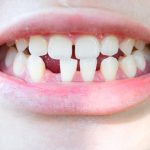When to Eat Cereal After Wisdom Teeth Removal: A Complete Guide
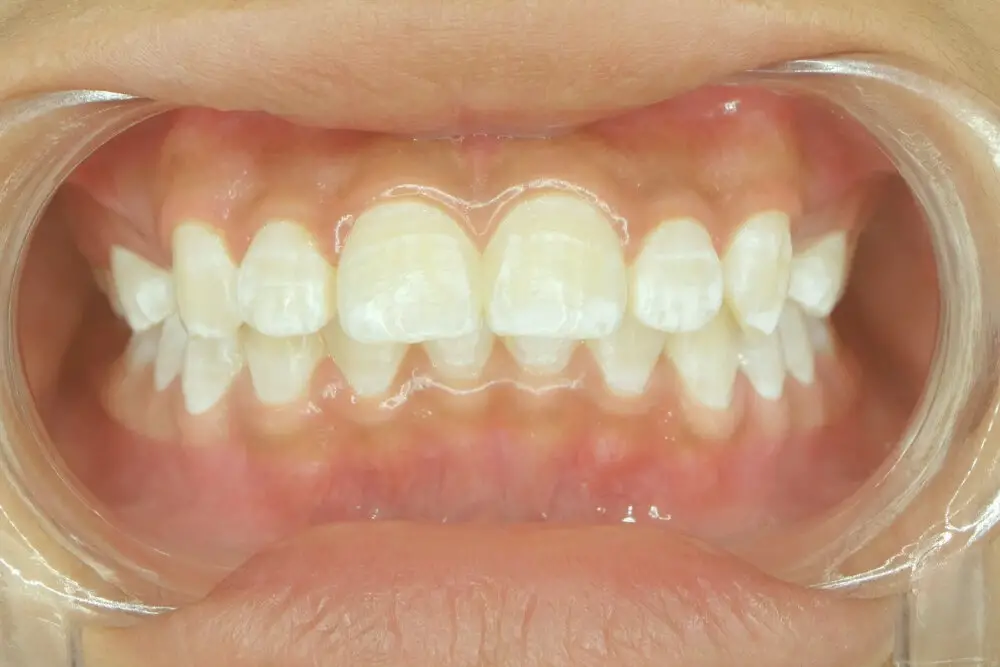
Wisdom teeth removal is a common surgical procedure that requires careful post-operative care to ensure a smooth and painless recovery. One of the most challenging aspects of recovering from wisdom teeth removal is finding the right foods to eat that won’t cause any discomfort or disrupt the healing process. While there are several foods that are recommended during recovery, cereals are often considered a safe and nutritious option. However, there is a lot of confusion around when to eat cereal after wisdom teeth removal, which is why we’ve created this complete guide to help you navigate the recovery process. When it comes to wisdom teeth removal, patients are often advised to stick to soft and easy-to-chew foods for at least a few days after the procedure. Cereals are a popular choice because they are easy to prepare, come in a variety of flavors, and are often enriched with essential vitamins and minerals. However, not all cereals are created equal, and some may not be appropriate for those recovering from wisdom teeth removal. In this guide, we’ll take a closer look at the best types of cereals to eat, when to eat them, and how to prepare them to ensure a speedy recovery and optimal oral health.
Wisdom teeth, also known as third molars, are the last set of teeth to emerge in the back of the mouth and usually appear between the ages of 17 and 25. However, not everyone has enough space in their jaw to accommodate these teeth, leading to impaction, infection, and other dental problems. In such cases, wisdom teeth removal becomes necessary to prevent complications and maintain oral health. The procedure is typically performed under local or general anesthesia, and involves making an incision in the gums to expose the tooth and removing it with forceps or surgical instruments. After the surgery, patients may experience pain, swelling, bleeding, and difficulty opening their mouth, which can affect their diet and eating habits. Therefore, it is important to follow the post-operative instructions provided by the dentist or oral surgeon and stick to soft, nutritious foods that are easy to chew and swallow, such as cereal.
Knowing when to eat cereal after wisdom teeth removal is crucial for a smooth recovery process. Cereal is an excellent source of fiber, which is essential for maintaining good digestive health. However, eating cereal too soon after the surgery can cause discomfort, pain, and even bleeding. It is recommended to wait at least 24 to 48 hours after the surgery before consuming any solid food. Soft, creamy, and lukewarm cereals like oatmeal or cream of wheat are the best option to start with. Additionally, it is important to avoid any crunchy or hard cereals that can cause damage to the surgical site. By following these guidelines, patients can ensure a safe and comfortable recovery after wisdom teeth removal.
What to Eat After Wisdom Teeth Removal

After undergoing wisdom teeth removal, it is essential to be mindful of your diet to ensure a speedy recovery. It is crucial to avoid eating solid foods for the first few days to prevent any damage to the surgical site. Instead, it is recommended to consume soft, nutrient-rich foods that are easy to digest and won’t cause any discomfort. Yogurt, mashed potatoes, soups, and smoothies are excellent options for a post-wisdom teeth removal diet. These foods are not only easy to eat, but they also provide the necessary nutrients required for healing. It is best to avoid spicy and acidic foods as they can irritate the surgical site and delay the healing process. It is essential to stay hydrated after wisdom teeth removal as it helps to flush out any toxins and reduce swelling. Drinking plenty of water and other fluids such as fruit juices and smoothies can help to keep you hydrated and provide the necessary nutrients to aid in recovery. However, it is best to avoid using straws as they can cause suction and dislodge the blood clot, leading to a condition called dry socket. Overall, it is crucial to listen to your body and avoid any foods that cause pain or discomfort. Eating a healthy, balanced diet and staying hydrated can help to speed up the healing process and ensure a smooth recovery after wisdom teeth removal.
After having wisdom teeth removed, it can be difficult to eat solid foods due to pain and swelling. Soft foods that are easy to eat can help provide the necessary nutrients while allowing the mouth to heal. Options include scrambled eggs, mashed potatoes, smoothies, and oatmeal. These soft foods are easy to chew and swallow without putting pressure on the gums or teeth. It is important to avoid hot or spicy foods, as well as foods that require a lot of chewing. By incorporating soft foods into your diet, you can ensure a smooth and comfortable recovery from wisdom teeth removal.
After wisdom teeth removal, it is crucial to avoid certain foods that could potentially cause complications or hinder the healing process. Foods that are hard, crunchy, or require excessive chewing should be avoided as they could damage the surgical site or dislodge the blood clot. This includes popcorn, nuts, chips, and pretzels. Acidic foods such as citrus fruits and juices should also be avoided, as they can irritate the surgical site. Additionally, spicy foods and foods that are too hot or cold should also be avoided as they can cause discomfort and sensitivity. It is important to stick to soft, easy-to-chew foods such as mashed potatoes, soups, and smoothies during the initial stages of recovery.
Nutrition plays a vital role in the recovery process after wisdom teeth removal. During this time, the body requires extra nutrients to heal and repair the damaged tissues. A well-balanced diet that includes high protein foods, fruits, vegetables, and whole grains is essential to speed up the recovery process. Adequate intake of vitamins and minerals such as calcium, vitamin D, and vitamin C is also crucial for proper healing and prevention of infections. It is recommended to avoid hard, crunchy, and spicy foods that can irritate the surgical site and delay the healing process. Opting for soft, easily digestible foods such as cereals is a good choice as they provide the necessary nutrients without putting pressure on the surgical site. Proper nutrition during recovery can not only speed up the healing process but also prevent complications and ensure long-term oral health.
Why Cereal is a Good Option

Cereal is a popular breakfast option that is not only easy to prepare but also nutritious. Cereal contains essential nutrients such as fiber, vitamins, and minerals that are important for maintaining good health. Additionally, many cereals are fortified with additional nutrients such as iron and folic acid, providing an added health benefit. Cereal is also a great option for those who are trying to maintain a healthy weight as it is low in calories and can help keep you feeling full throughout the morning. Furthermore, cereal is a versatile food that can be paired with various types of milk or yogurt, fresh fruit, and nuts, allowing for a variety of healthy and delicious breakfast options. After wisdom teeth removal, cereal can be an ideal food choice as it is soft and easy to chew. Eating soft foods is important during the healing process as it helps prevent damage to the surgical site and reduces the risk of infection. Additionally, cereal is typically low in sugar, which is important as consuming high-sugar foods can slow down the healing process. Choosing a cereal that is low in sugar and high in fiber can also help promote regular bowel movements, which can be beneficial as some pain medications can cause constipation. Overall, cereal is a great option for a soft, nutritious, and easily digestible breakfast after wisdom teeth removal.
Cereal is a popular breakfast option that can provide a variety of nutritional benefits. Many cereals are fortified with essential vitamins and minerals, such as iron, calcium, and vitamin D. Additionally, whole grain cereals can be a good source of fiber, which can aid in digestion and help keep you feeling full throughout the morning. Some cereals also contain protein, which is important for building and repairing muscle tissue. When selecting a cereal, it is important to choose one that is low in added sugars and high in whole grains and fiber to maximize its nutritional benefits.
When it comes to post-wisdom teeth removal recovery, easy-to-prepare meals are essential. After the surgery, the patient’s mouth will be swollen and sensitive, making it difficult to chew and swallow solid foods. Therefore, opting for soft, easy-to-eat foods, such as cereals, can be a great option. Not only are cereals quick and easy to prepare, but they are also a good source of fiber and nutrients. By choosing cereals, patients can ensure that they are getting the necessary nutrients to aid in their recovery while also enjoying a delicious and easy-to-eat meal.
After wisdom teeth removal, the last thing you want is to eat something that requires a lot of chewing effort. This is where soft-textured foods come in handy. They are easy to eat, and you won’t have to worry about any discomfort or pain in your mouth while consuming them. Soft-textured cereals like oatmeal, cream of wheat, and rice cereals are excellent options to consider. Not only are they gentle on your healing gums, but they are also packed with essential nutrients that your body needs to recover from the surgery. With a soft texture that is easy to eat, these cereals are an excellent way to start your day off on the right foot after wisdom teeth removal.
When to Start Eating Cereal
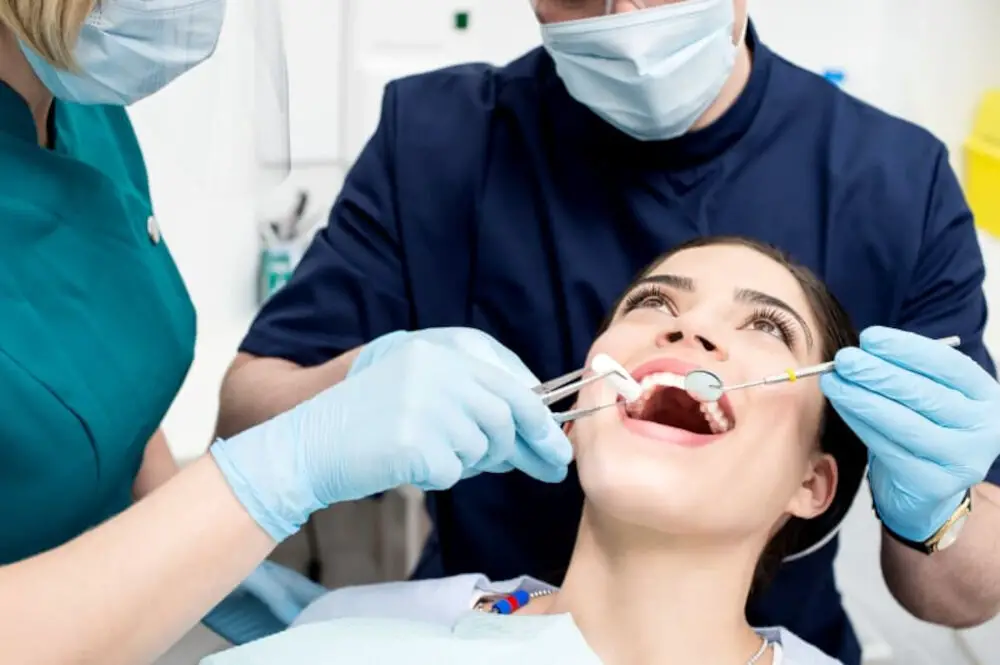
When it comes to wisdom teeth removal, one of the most common questions asked is when to start eating cereal. As a general rule, it is recommended to wait at least 24 hours after the surgery before consuming any solid foods, including cereal. During the first day, it is important to stick to a soft food diet to avoid any complications or discomfort. Soft foods like pudding, yogurt, and soup can help to provide necessary nutrients while minimizing discomfort. After the first 24 hours, you can gradually introduce solid foods like cereal into your diet. However, it is important to avoid any crunchy or hard cereals that can irritate the surgical site. Opt for softer options like oatmeal or cream of wheat, which are easy to chew and swallow. Make sure to continue rinsing your mouth with warm salt water after each meal to promote healing and prevent infection. It is also important to avoid using a straw when consuming liquids, as the suction can dislodge the blood clot and delay the healing process. By following these guidelines, you can enjoy a nutritious and comfortable recovery after wisdom teeth removal.
The timeline for recovery after wisdom teeth removal can vary depending on the individual and the extent of the procedure. Generally, the first 24-48 hours are the most critical in terms of managing pain and swelling. During this time, it’s important to follow the post-operative instructions provided by your dentist or oral surgeon, which may include using ice packs, taking pain medication, and avoiding certain foods and activities. Over the next several days, most patients will experience a gradual improvement in their symptoms, although some swelling and discomfort may persist for up to a week or more. It’s important to continue following any dietary restrictions and oral hygiene recommendations throughout the recovery period to ensure proper healing and minimize the risk of complications.
After wisdom teeth removal, it is essential to give yourself enough time to heal before consuming solid foods. Typically, it takes around 7-10 days for the healing process to complete, and during this time, it is recommended to stick to soft and liquid foods like smoothies, soups, and mashed potatoes. However, once you feel comfortable enough to chew without any pain or discomfort, you can gradually reintroduce solid foods into your diet. It is important to start with easily chewable and non-sticky foods, such as eggs, cooked vegetables, and pasta. Avoid hard, crunchy, or chewy foods that can irritate the surgical site and delay the healing process. Remember, it’s better to be cautious and take things slowly to ensure a speedy recovery and avoid any complications.
Listening to your body is crucial when it comes to maintaining good health. It enables you to identify any warning signs that your body may be giving you, which can help you prevent potential health problems. This is particularly important after undergoing wisdom teeth removal surgery, as your body will require extra care and attention during the recovery period. Paying close attention to your body’s signals can help you determine when you are ready to start consuming solid foods, including cereal, after your surgery. By listening to your body and following the guidelines provided by your dentist or oral surgeon, you can ensure a smooth and successful recovery from wisdom teeth removal.
Tips for Eating Cereal After Wisdom Teeth Removal
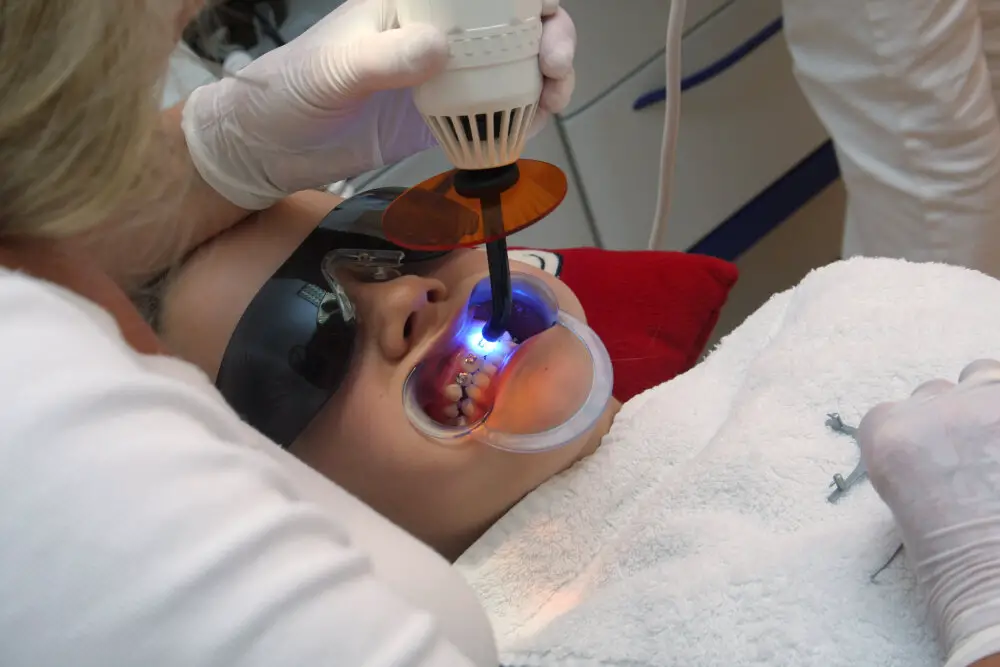
After getting your wisdom teeth removed, you may be wondering what type of foods you can eat without causing any pain or damage to the surgical area. One of the recommended options is cereal, as it is soft and easy to chew. However, there are certain tips and precautions you should follow to make sure you can enjoy your breakfast without any complications. Firstly, choose a cereal that is low in sugar and has a soft texture. You can go for oat-based cereals, such as porridge or oatmeal, as they are a great source of fiber and will provide you with the necessary nutrients for your recovery. Avoid crunchy or hard cereals such as granola or muesli, as they can get stuck in the extraction site and cause irritation and discomfort. Additionally, when eating cereal after wisdom teeth removal, make sure to rinse your mouth thoroughly with warm salt water before and after your meal. This will help to reduce the risk of infection and keep the surgical area clean. Start by taking small bites and chew slowly, avoiding any vigorous movements that could cause bleeding or pain. If you experience any discomfort or notice any bleeding, stop eating immediately and rinse your mouth with salt water. It is recommended to wait at least 24-48 hours after your surgery before consuming solid foods, including cereal, to ensure that the extraction site has had enough time to heal.
When it comes to choosing the right type of cereal to eat after wisdom teeth removal, there are a few things to consider. First and foremost, it’s important to choose a cereal that is soft and easy to chew, as the last thing you want is to cause any unnecessary pain or discomfort to your healing mouth. Look for cereals like oatmeal, cream of wheat, or rice cereal, which are all gentle on the teeth and gums. Additionally, you’ll want to avoid cereals with crunchy or hard pieces, as well as those with added sugar, which can irritate the surgical site. Opt for plain or lightly sweetened varieties, and consider adding in some soft fruits or yogurt for added nutrition and flavor. Remember, the goal is to promote healing and make the recovery process as smooth and comfortable as possible, so choose your cereal wisely.
After wisdom teeth removal, it can be a challenge to eat regular foods, especially crunchy and hard ones like cereal. However, there are ways to prepare the cereal to make it easier to eat. Firstly, let it soak in milk for a few minutes to soften it up. Alternatively, you can blend the cereal with milk to create a smoothie-like consistency. Adding fruits, like bananas or berries, can also provide extra flavor and nutrition. It’s essential to avoid using a straw when consuming the blended cereal to prevent any suction that could dislodge the blood clot and cause dry socket. By preparing the cereal in these ways, you can still enjoy this breakfast staple without causing any harm to your healing gums.
Drinking enough fluids is crucial after wisdom teeth removal to prevent dehydration and promote healing. It is recommended to drink at least 8-10 cups of water or other liquids per day, such as fruit juices, herbal teas, and broths. Avoid drinking carbonated and alcoholic beverages, as well as using straws, as these can dislodge the blood clot and delay the healing process. Drinking fluids also helps to flush out bacteria and food particles from the mouth, reducing the risk of infection and inflammation. If you experience difficulty drinking or swallowing, try sipping slowly and taking small sips at a time.
Knowing when to eat cereal after wisdom teeth removal is crucial for a smooth recovery process. Cereal is a popular food choice due to its soft texture and ease of consumption. However, consuming it too soon after surgery can lead to complications such as dislodging the blood clot and delaying the healing process. It is recommended to wait at least 24-48 hours after the surgery before consuming cereal or any solid food. Additionally, it is essential to choose the right type of cereal that is low in sugar and does not require excessive chewing. Proper post-operative care and following the guidelines provided by your dentist or oral surgeon can ensure a quick and comfortable recovery.
After wisdom teeth removal, a smooth recovery is essential to ensure the best possible healing outcomes. To achieve this, there are a few tips to keep in mind. Firstly, make sure to follow the post-operative instructions given by your dentist or oral surgeon, which may include avoiding certain foods and activities that may interfere with the healing process. Secondly, stay hydrated by drinking plenty of water and avoid drinking alcohol and smoking, as they can slow down the healing process. Thirdly, eat soft and nutritious foods, such as cereal, that are easy to swallow and won’t cause any irritation to the surgical site. Lastly, maintain good oral hygiene by gently brushing and rinsing your mouth with warm saltwater to prevent infection and promote healing. By following these tips, you can ensure a smooth and successful recovery after wisdom teeth removal.
After wisdom teeth removal, it is crucial to follow a strict recovery plan, including dietary restrictions. While there is general advice on what to eat and when to eat it, every individual’s situation can differ. Some may have more sensitive teeth or experience different levels of pain. That’s why it’s essential to consult with a dentist or oral surgeon for personalized advice. They can assess your specific situation and provide tailored recommendations on what to eat and when to eat it. Following their advice can help you recover faster, avoid complications, and get back to eating your favorite foods sooner. Don’t hesitate to reach out to a professional and get the personalized advice you need to make a full recovery.
Conclusion
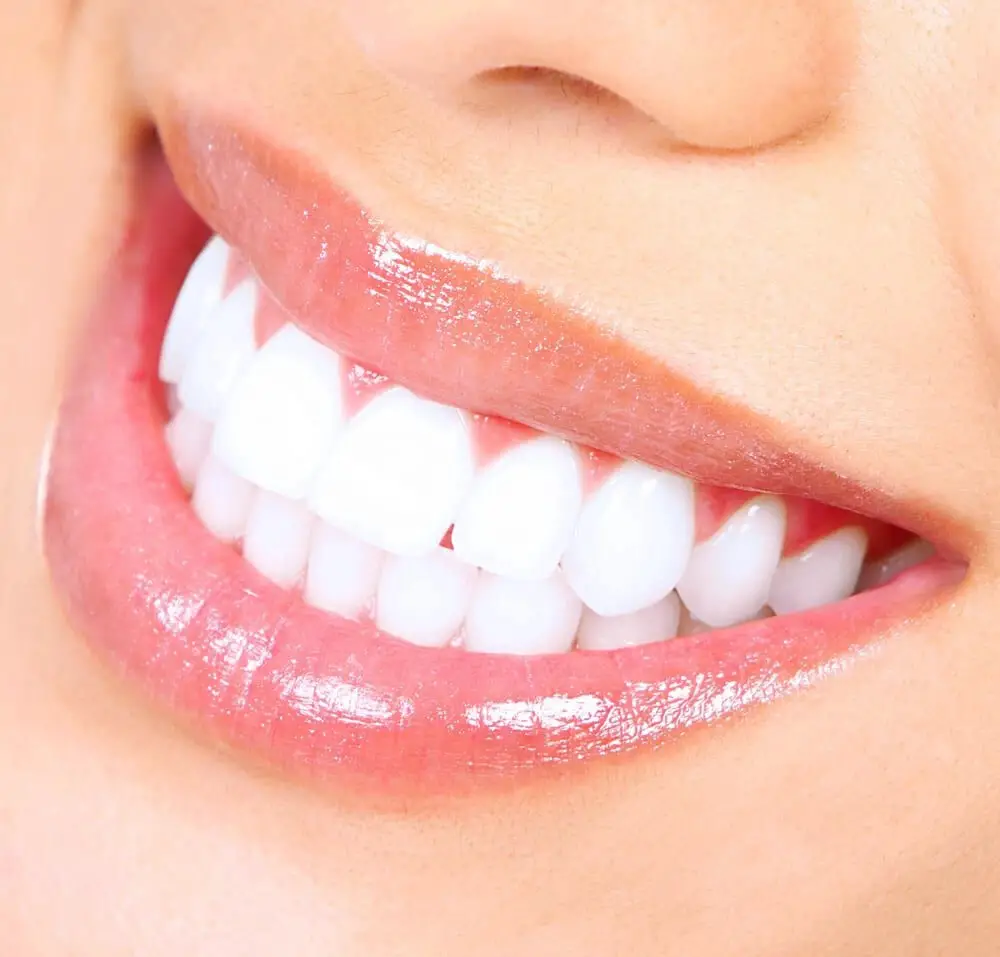
In conclusion, knowing when to eat cereal after wisdom teeth removal is crucial for a smooth and speedy recovery. It is recommended to wait for at least 24 to 48 hours before consuming any solid foods, including cereal. Additionally, choosing the right type of cereal that is soft and easy to chew can make a significant difference in the healing process. It is essential to listen to your body and avoid any foods that cause pain or discomfort. Following the proper post-operative instructions given by your dental surgeon can help you recover faster and get back to your regular diet. Remember, patience and care are essential in ensuring a successful and comfortable recovery from wisdom teeth removal.






